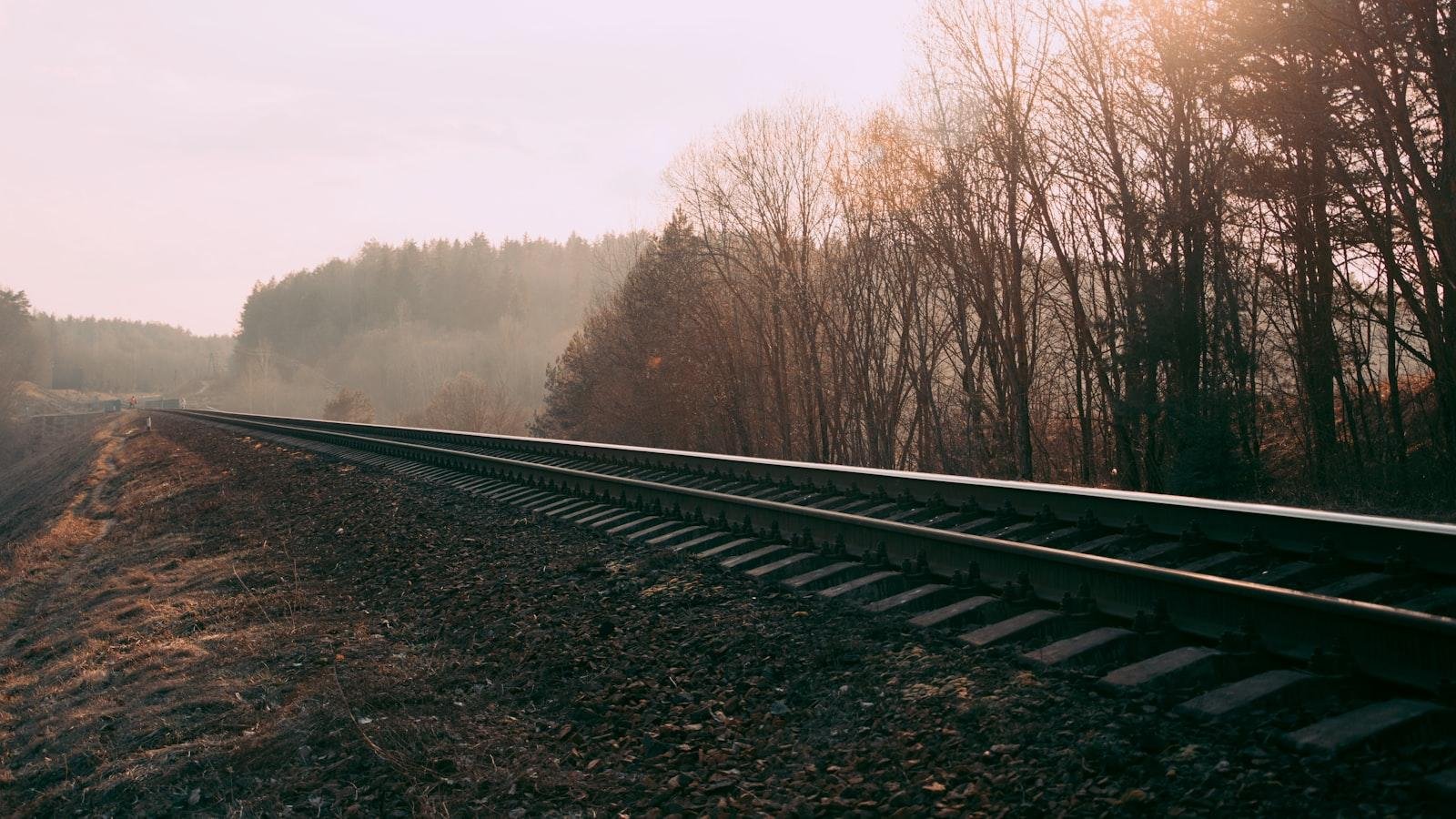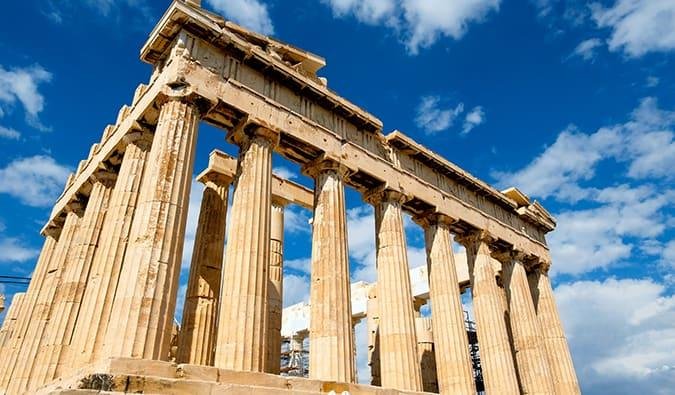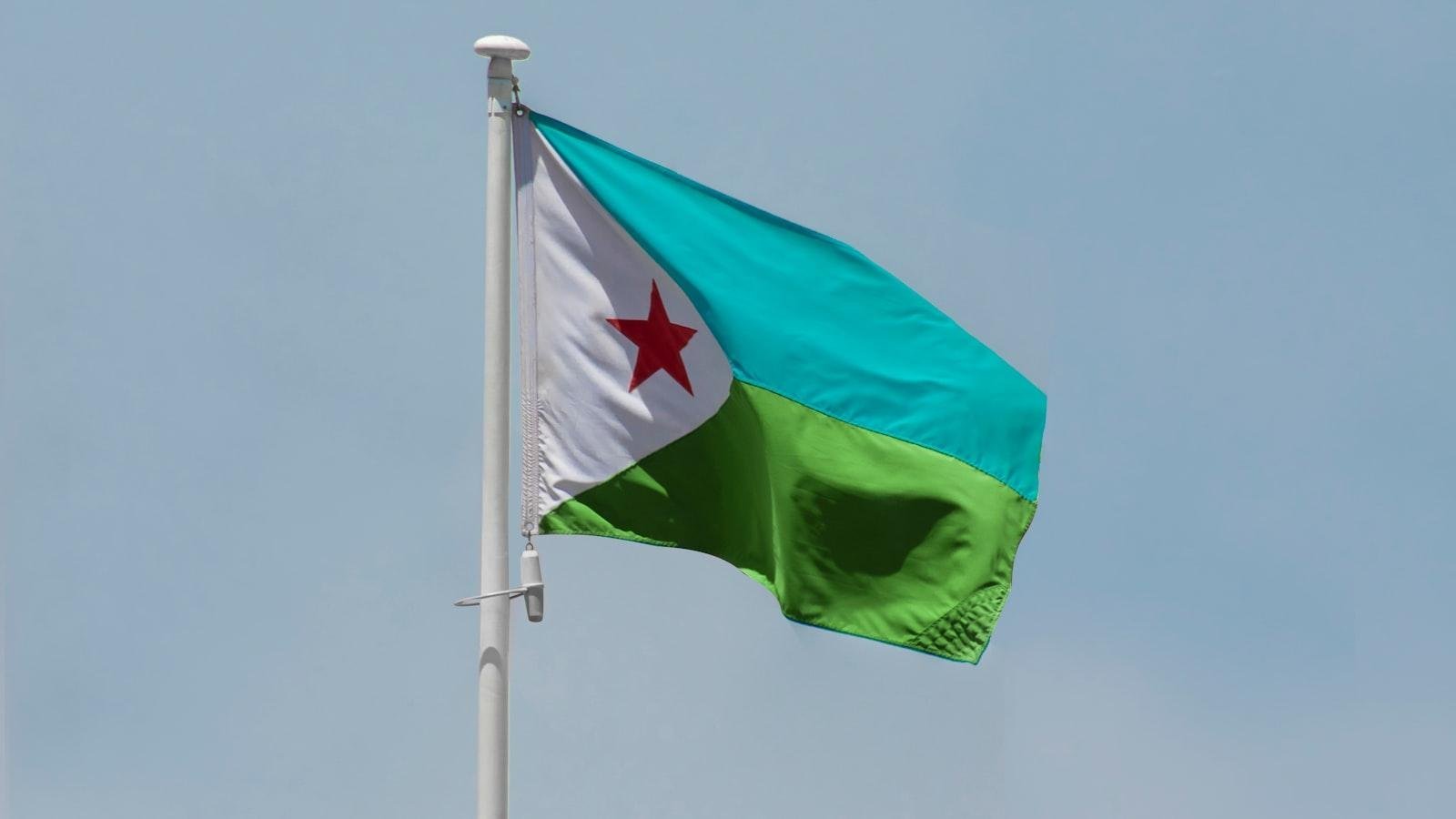Now Reading: Belarus
- 01
Belarus

Belarus
Welcome to our article on Belarus, a landlocked country located in Eastern Europe. With a rich history and unique culture, Belarus offers a fascinating glimpse into a lesser-known corner of the continent. From its Soviet past to its current political landscape, there is much to explore and learn about this intriguing nation. Join us as we delve into the history, culture, and current affairs of Belarus.
Historical Background of Belarus
Belarus, located in Eastern Europe, has a rich historical background that dates back to ancient times. The country’s history is marked by a series of invasions, occupations, and conflicts that have shaped its cultural heritage and national identity. Here are some key points about the :
During the Middle Ages, Belarus was part of the Grand Duchy of Lithuania, which was one of the largest and most powerful states in Europe. In the 16th century, the Grand Duchy of Lithuania formed a union with the Kingdom of Poland, creating the Polish-Lithuanian Commonwealth. This union lasted for over two centuries until the partitions of Poland in the late 18th century, when Belarus became part of the Russian Empire. Throughout the 19th and early 20th centuries, Belarus experienced a series of uprisings and revolutions, culminating in its independence from the Soviet Union in 1991.

Economic Situation and Challenges in Belarus
The economic situation in Belarus has been a topic of concern in recent years, with challenges arising from various factors. One of the main issues facing the country is the impact of external sanctions on key industries, such as agriculture and manufacturing. These sanctions have led to a decrease in foreign investment and trade, putting a strain on the economy.
Furthermore, Belarus has been grappling with high inflation rates, which have put pressure on the cost of living for its citizens. This, in turn, has led to a decrease in consumer spending and overall economic growth. To address these challenges, the government of Belarus has been implementing various economic reforms, including efforts to diversify its economy and attract new investment. However, the road ahead remains uncertain as the country navigates these turbulent times.
Political Climate and Human Rights Concerns
In Belarus, recent political developments have raised significant concerns regarding human rights violations. The controversial re-election of President Alexander Lukashenko in August 2020 led to widespread protests and allegations of electoral fraud. The government’s crackdown on dissenters, including arbitrary arrests and violence against peaceful protesters, has been condemned by international organizations and governments worldwide.
The situation in Belarus has also sparked debates about the role of foreign powers in influencing the country’s political landscape. The government’s suppression of independent media outlets and censorship of online platforms have further restricted freedom of speech and expression. As the political climate remains tense, it is crucial for the international community to continue advocating for the protection of human rights in Belarus and supporting efforts towards a peaceful resolution of the crisis.
Tourism Opportunities in Belarus
Belarus, a country located in Eastern Europe, offers a variety of tourism opportunities for visitors to explore. From its charming historic cities to its beautiful natural landscapes, Belarus has something for every traveler to enjoy.
Some of the top tourism attractions in Belarus include:
- Minsk: The capital city of Belarus, known for its stunning architecture, vibrant cultural scene, and rich history.
- Belovezhskaya Pushcha National Park: A UNESCO World Heritage site, home to ancient forests, diverse wildlife, and the famous European bison.
- Mir Castle Complex: A medieval fortress with beautiful gardens and architectural wonders.
Cultural Traditions and Festivals of Belarus
Belarus is a country rich in cultural traditions and festivals that showcase its unique heritage. One of the most important cultural events in Belarus is Kupalle, a traditional Slavic celebration of the summer solstice. During Kupalle, people gather to sing, dance, and participate in rituals such as jumping over bonfires for good luck and fortune. The festival also includes traditional games, music, and decorations with wildflowers and wreaths.
Another popular festival in Belarus is Maslenitsa, a holiday celebrating the end of winter and the beginning of spring. During Maslenitsa, people enjoy delicious pancakes known as blini, participate in traditional folk performances, and take part in games and activities. The festival also features the burning of a straw effigy symbolizing the end of winter and the welcoming of spring.
Final Thoughts
In conclusion, Belarus is a country with a rich cultural heritage, beautiful landscapes, and a complex political history. While it has faced various challenges in recent years, its resilient people continue to strive for a better future. Whether you are interested in exploring its vibrant cities, picturesque countryside, or learning about its unique traditions, Belarus has much to offer. Keep an eye on this evolving country as it navigates the path towards progress and change. Thank you for reading.











